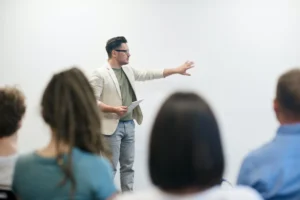Teaching Why We Fight in High School
My students love the book. One thing that jumps out is how clearly Blattman writes. For high school students who are encountering a big topic for the first time, clarity is incredibly important. The book really speaks to a wide audience.
—Matt Cone, Carrboro High School, Carrboro, North Carolina
x
I tried to make Why We Fight as simple and accessible and story-driven as possible. I’m eager to hear from high school teachers who would like to use the book, and to help where I can.
x
Overviews of the book
- This Boston Review piece gives the main ideas in about 5000 words
- Teachers and students can also hear summaries of the book on various podcasts or talk about current events though the lens of the book. I recommend these:
- Vox’s Weeds podcast is a good overview
- For loooong 3-hour interviews, check out my talk with the iconic Lex Fridman or the effective altruist 80000 hours podcast
- For videos, here is a 30-minute talk I gave to a Directorate in the U.S. Joint Chiefs of Staff that sums up the book.
- And here is an interview at the U.S. Institute of Peace that I think hits all the big points:
x
Activity and assignment ideas
I met with Matt Cone and his class at Carrboro High School in Carrboro, North Carolina, and here were some suggestions from Matt and his students.
- Ask students to videotape themselves answering basic questions at the start of a unit, to transcribe their answers, and to reflect upon these answers at the end of the unit. Alternatively, they could work these out in small groups. Reflecting on their early answers can help students become more aware of how much their thinking has sharpened over the course of a unit. Here are some sample questions:
- Round #1 (5 seconds): In the last 50 years, do you think that the total number of wars in the world have decreased by a little, decreased by a lot, kept the same, increased by a little, or increased by a lot?
- Round #2 (45 seconds): What are the main reasons groups who don’t like each other fight?
- Round #3 (45 seconds): Why do you think [insert war here]? (e.g. Russia invaded Ukraine? The United States invaded Iraq?)
- Round #4 (45 seconds): On a 0-10 scale, where 0 represents impossible and 10 represents utterly certain, how likely is it that the US will experience a second Civil War in the next 20 years AND how did you arrive at that prediction?
- After reading the book, ask students to research a situation that is not covered in the book, speak with people who know that situation, and apply the framework to this situation. What works and what doesn’t?
- Sometimes I ask students to draw a problem as precisely as possible at the start of the unit and to critique that drawing at the end of the unit.
- For example, before we read a chapter from Extreme Economies about the Zaatari refugee camp, I asked the students to brainstorm all of the wants, needs, talents, and struggles that they imagined that refugees coming from Syria would have. Next, I asked them to design a refugee camp (on butcher paper) that responded to these wants, needs, talents, and struggles. After we read the chapter, we explored what the groups got right, what they got wrong, and why they were right or wrong.
- In the case of Why We Fight, I give the students a little bit of information about groups who oppose each other (Israelis and Palestinians, China and Taiwan, gangs in Chicago) and ask the students to draw a realistic image of how disputes between these groups are settled in these neighborhoods. At the end of the book, my hope is that the students would be able to draw a more nuanced portrait and that they would be able to explain this portrait to folks at our school and in our community.
Applying the book to contemporary cases



How to cut short the long slog in Ukraine
August 14, 2022
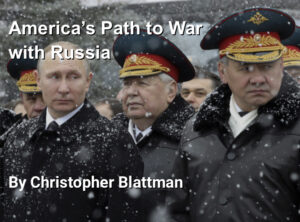
America’s Path to War With Russia
July 9, 2022
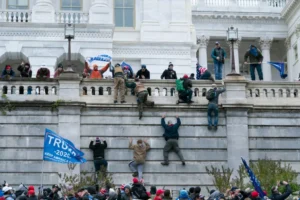

The Strategic Logic of Russia’s War on Ukraine
April 28, 2022
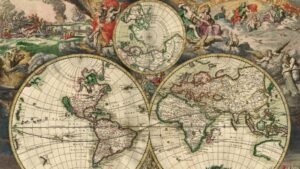
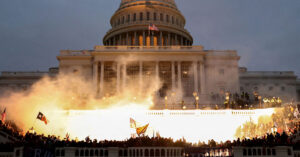
Why I do not expect a civil war in America (and what does worry me)
January 31, 2022


